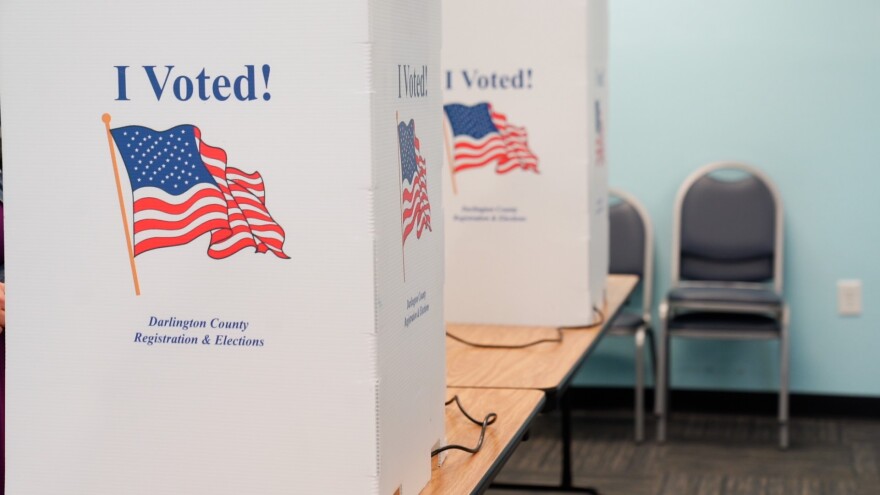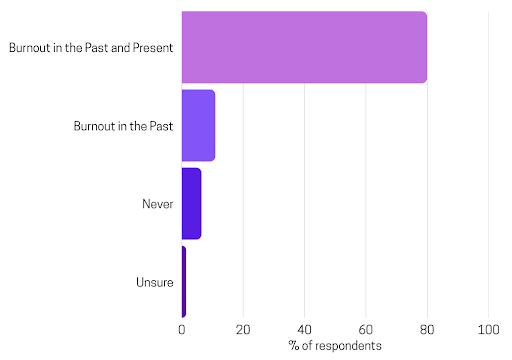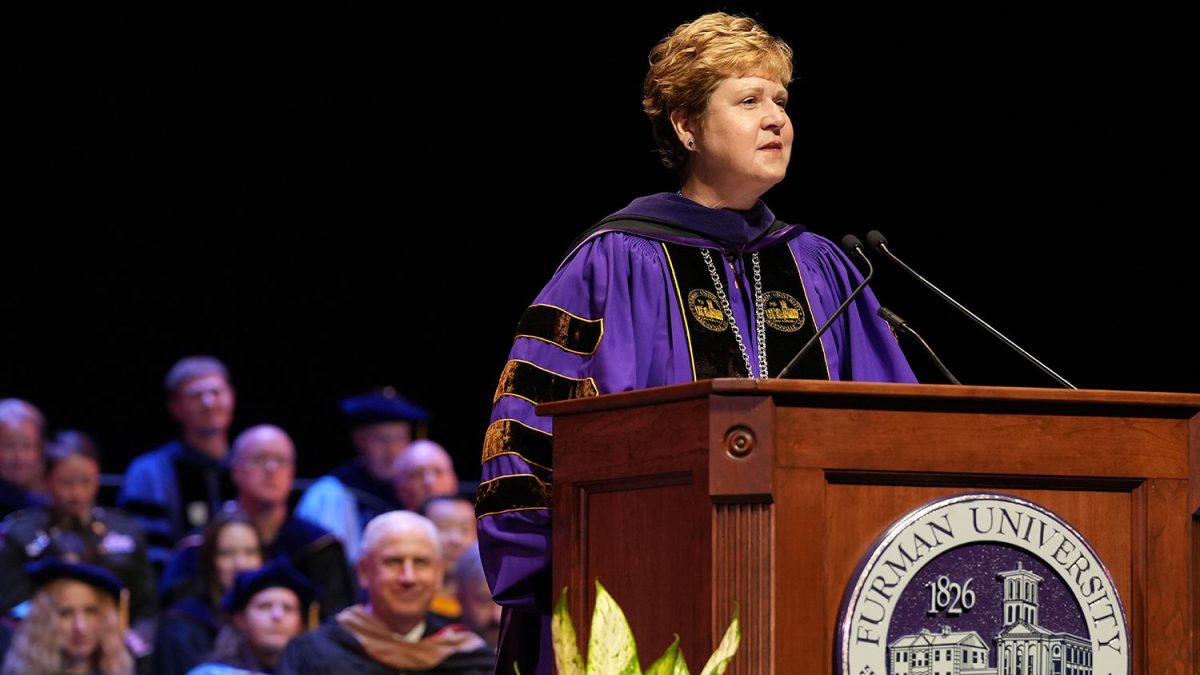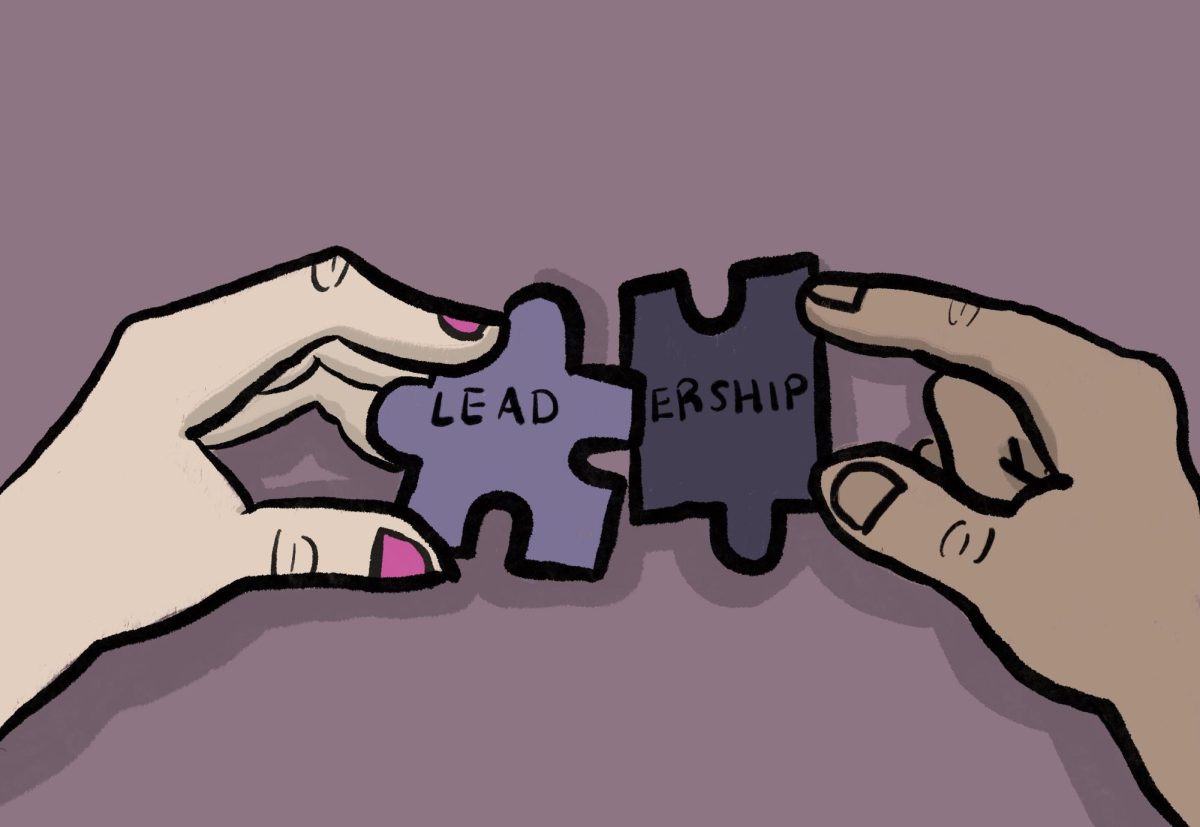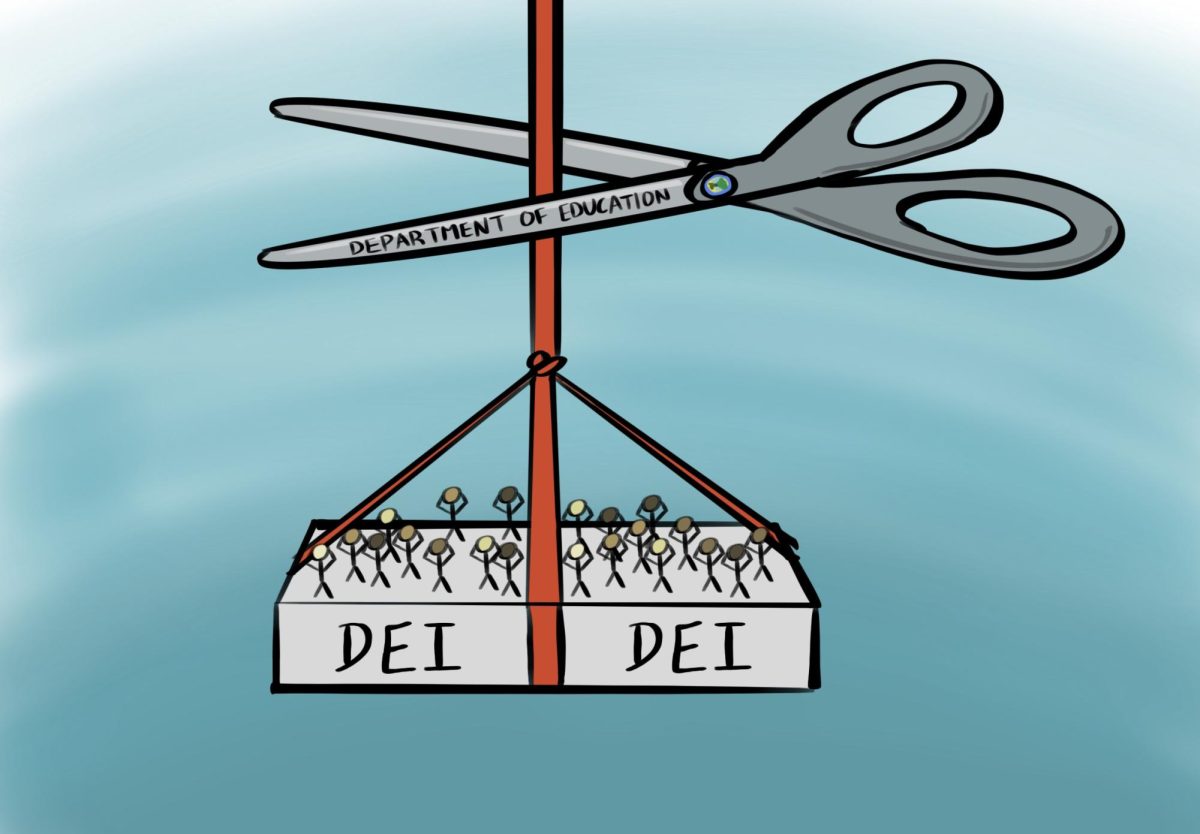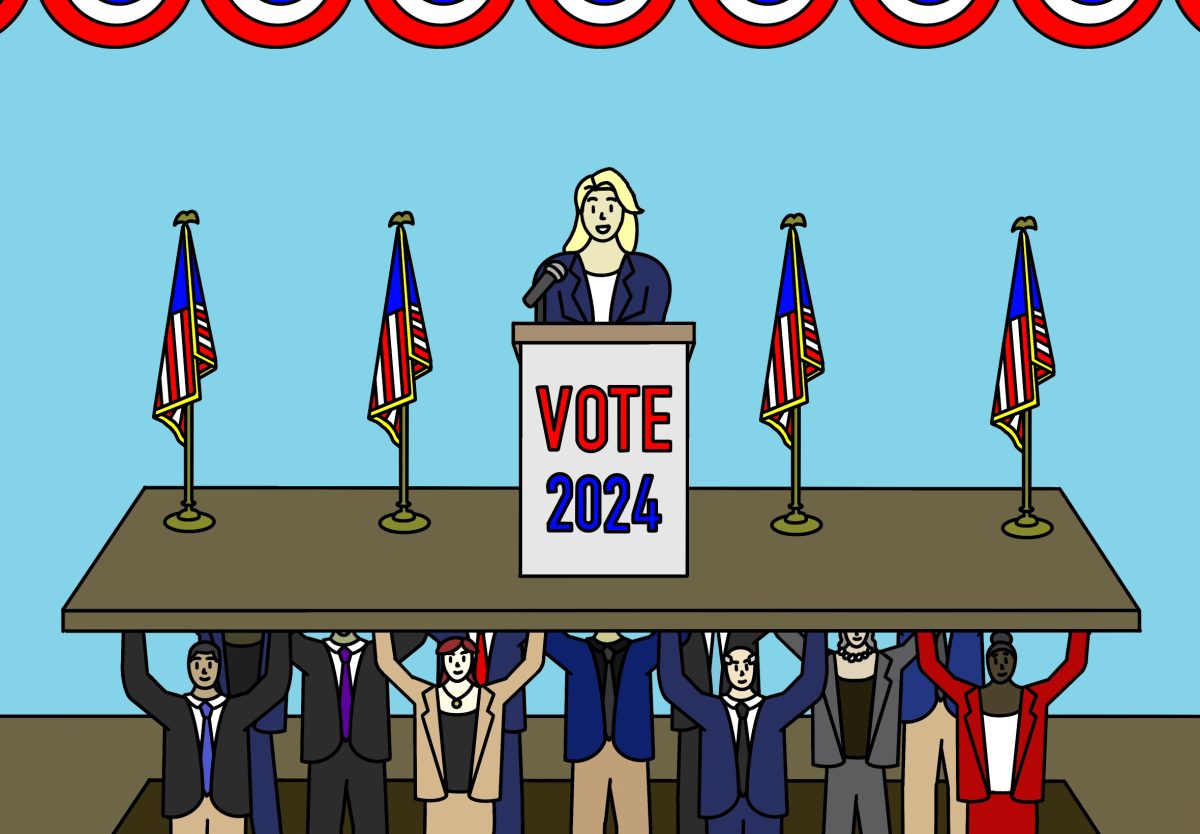The president of the U.S. is not as important as you probably think.
Of course, the president is important. Presidents set their party’s policy platform, decide what bills passed through Congress to become laws, lead the military and represent our country on the world stage. After all, the president is the foremost leader of the nation.
However, leaders are able to accomplish very little without a good team to lead. In football, a strong quarterback can be the best player in the league, but he will struggle to win games without skilled wide-receivers, tight ends and an effective offensive line.
Similarly, a strong team can be effective even if their leader is not. The quality of an elite orchestra is not contingent on the quality of its conductor. If a conductor falters, the musicians in an orchestra can work together, taking cues from each other to stay together.
The executive branch of the U.S. government operates along similar principles of leadership. An extraordinarily competent president will have difficulty leading the country and executing the law with an ineffective team, whereas an incompetent president may still accomplish important goals with the help of a strong team.
In this sense, the most important responsibility of the president may have less to do with policy and more to do with team building.
Each term, the President of the U.S begins by appointing their cabinet — their team. As the president’s closest advisors, cabinet members hold significant influence over presidential decisions. No president can be an expert on every policy matter or crisis they will have to address, so presidents often look to their cabinets for subject expertise before making major decisions. An unqualified cabinet will lack the intellectual and experiential capital to advise the president, leading to less effective governance.
More importantly, many cabinet members also lead executive branch departments, like the Department of State, Department of Defense and Department of the Treasury. These departments form the bureaucracy, which is responsible for implementing federal policy.
The bureaucracy touches practically every aspect of your life. It ensures that drinking water is safe for consumption, penalizes employers who use discriminatory hiring practices and safeguards domestic security.
The federal bureaucracy is intended to be non-partisan. Within it, civil servants are not elected — they are hired based on their merits. They typically work across multiple presidential administrations, and their job is to implement existing policy, not to create their own. While civil servants were previously able to exert limited policy influence when legal mandates lacked specificity, this ability has been further limited by the end of Chevron deference as a result of the Supreme Court’s decision in “Loper Bright Enterprise v. Raimondo” during its previous term.
Take the Department of Justice (DOJ), which is responsible for enforcing the law and administering justice, as an example. The department does not define what actions are criminal or how criminals are punished — instead, DOJ officials investigate, apprehend, and prosecute criminals.
Given the non-partisan, career nature of executive departments, political appointments for their leadership can become problematic when appointments are, well, political. Presidents have no constitutional obligation to fill these positions with experienced leaders, meaning they can, and are often incentivized, to appoint leaders based on loyalty and favoritism.
The effects can be disastrous. In one year, former president Donald Trump’s first secretary of state Rex Tillerson crippled his department, firing top talent, restricting the department’s budget and excluding department experts from the decision-making process (for more information, read the prologue to “War on Peace” by Ronan Farrow). Appointing inexperienced individuals to lead the bureaucracy risks hampering the government’s ability to function, ultimately threatening the stability and prosperity of the U.S.
As we approach the 2024 presidential election, I encourage you to consider how each candidate might compose their cabinet when deciding who will receive your vote. If you do not currently intend to vote, I implore you to view this election as a choice between administrations rather than simply a choice between two individuals. Even if you are dissatisfied with both Donald Trump and Kamala Harris, you might find one candidate’s cabinet preferable to the other’s.
Luckily, some Americans have already seen what each candidate’s administration could look like, allowing them to develop opinions and vote based on historical experience.
During Trump’s first term, his cabinet was largely composed of political loyalists and government outsiders. Tillerson, Trump’s previously mentioned first secretary of state, was the CEO of Exxon Mobil before his appointment. Scott Pruitt held close ties to the fossil fuel industry before being appointed by Trump to lead the Environmental Protection Agency. Jared Kushner, Trump’s son-in-law, served as a senior presidential advisor.
While Harris has not formed a cabinet of her own, she is reportedly considering keeping President Biden’s cabinet, according to a Sept. 27 NBC article. This group is a mixture of political loyalists and career bureaucrats. Antony Blinken had over two decades of federal foreign policy experience before becoming Biden’s secretary of state. Michael Regan led North Carolina’s Department of Environmental Quality and worked as a federal environmental regulator before becoming administrator of the Environmental Protection Agency.
Before voting this fall, research the prospects of each candidate’s cabinet. When you begin filling out your ballot, realize that you are not just voting for one person — you are voting for a team.

